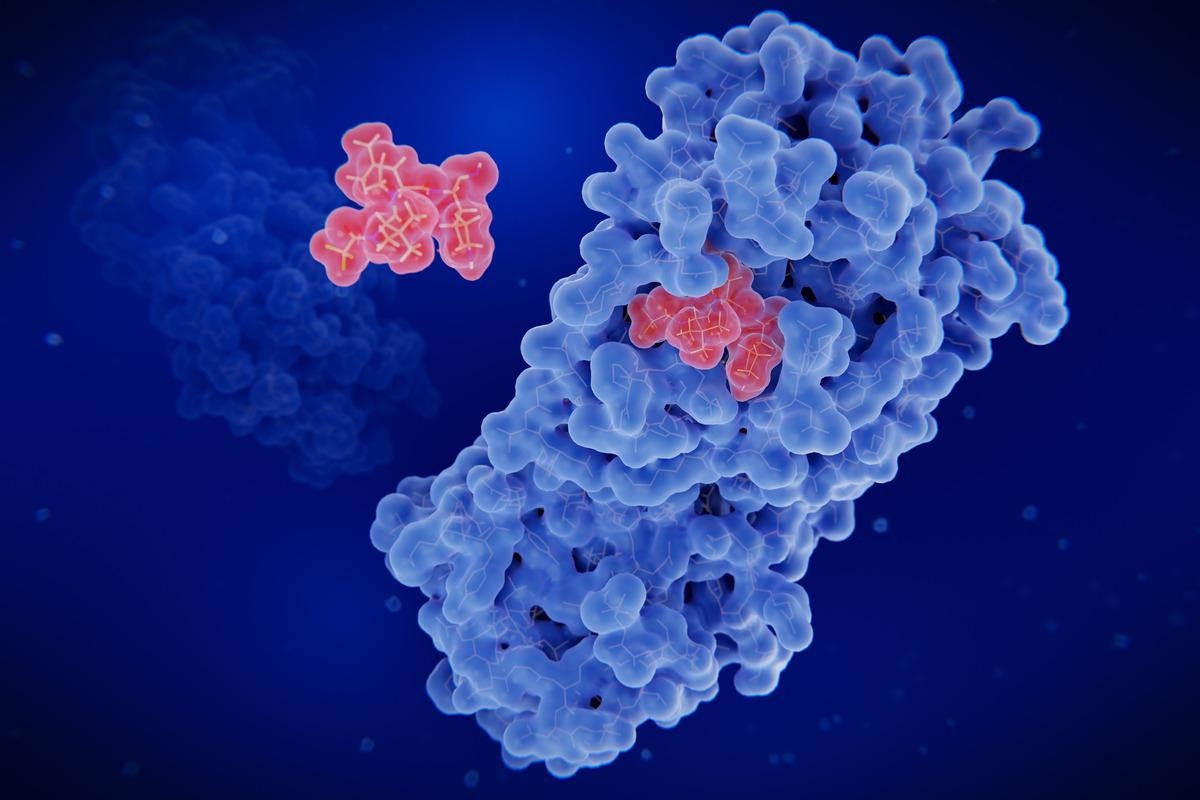In a recent study posted to the bioRxiv* preprint server, researchers assessed severe acute respiratory syndrome coronavirus 2 (SARS-CoV-2) Alpha, Delta, and Omicron variants’ resistance to nirmatrelvir (NIR), a protease inhibitor of SARS-CoV-2.
 Study: Nirmatrelvir Resistant SARS-CoV-2 Variants with High Fitness in Vitro. Image Credit: Juan Gaertner/Shutterstock
Study: Nirmatrelvir Resistant SARS-CoV-2 Variants with High Fitness in Vitro. Image Credit: Juan Gaertner/Shutterstock

 This news article was a review of a preliminary scientific report that had not undergone peer-review at the time of publication. Since its initial publication, the scientific report has now been peer reviewed and accepted for publication in a Scientific Journal. Links to the preliminary and peer-reviewed reports are available in the Sources section at the bottom of this article. View Sources
This news article was a review of a preliminary scientific report that had not undergone peer-review at the time of publication. Since its initial publication, the scientific report has now been peer reviewed and accepted for publication in a Scientific Journal. Links to the preliminary and peer-reviewed reports are available in the Sources section at the bottom of this article. View Sources
Background
In recent times, NIR has received authorization for first-line therapy for SARS-CoV-2-positive individuals with high risks of severe coronavirus disease 2019 (COVID-19) and is also under consideration for long-COVID treatment. However, the clinical efficacy of NIR may reduce by the development of SARS-CoV-2 resistance, as observed previously for small-molecule inhibitor drugs against hepatitis B, C virus, human immunodeficiency virus (HIV), and influenza virus.
The authors of the present study previously determined the efficacy of another protease inhibitor boceprevir (BOC), which is structurally similar to NIR, against SARS-CoV-2 in cell culture experiments.
About the study
In the present study, researchers extended their previous analysis by identifying amino acid substitutions (mutations) associated with resistance to BOC and NIR and evaluated the fitness of NIR-resistant SARS-CoV-2 variants. They also assessed the sensitivity of SARS-CoV-2 Alpha, Delta, and Omicron variants compared to the original (Wuhan-Hu-1) strain to the parental drug of the same class (protease inhibitor), i.e., remdesivir (RDV) and evaluated the prospects of NIR-RDV combinations.
The African green monkey kidney VeroE6 cells and human lung epithelial A549 cells expressing human angiotensin-converting enzyme 2 (hACE2) were cultured, and SARS-CoV-2 stocks were generated in the cultured cells, and their sequences were confirmed by next-generation sequencing (NGS). To identify BOC- and NIR-associated mutations, concentration-response treatments were performed by infecting the cultured cells with BOC escape viruses. BOC-EV1,2 and NIR escape viruses viz NIR-EV1,2, respectively, and subsequently examining the cells by SARS-CoV-2 spike (S) protein immunostaining.
SARS-CoV-2 escape from NIR was assessed by performing escape experiments with primary escape cultures (passage 0) and five passage cultures (passages 1 to 5). The viruses identified from the global initiative on sharing all influenza data (GISAID) database with specific mutations at specific SARS-CoV-2 main protease (Mpro) sites associated with NIR resistance were identified. Further, reverse genetics analysis and molecular dynamic (MD) simulations of Mpro were performed.
Results and discussions
In the concentration-response treatments, the Wuhan-Hu-1 strain was suppressed by three-fold of 50% effective concentration (EC50) BOR and seven-fold EC50 NIR. BOR escape viruses demonstrated 4.7-fold increased EC50 and conferred 6.8-fold cross-resistance to NIR. The short-term concentration-response treatments showed 80-fold resistance conferred by the L50F + E166V combination mutations, whereas the L50F+A173V and T21I+T304I (in NIR-EV1) mutations conferred negligible resistance.
In the long-term concentration-response treatments, all the mutants transmitted with 7.5-fold NIR EC50 and the L50F+E166V mutant (NIR-EV2) spread with 15-fold NIR EC50. NIR-resistant SARS-CoV-2 variants demonstrated high fitness and harbored several mutations in Mpro but did not gain more mutations in the passages of the escape experiments.
MD simulations showed that the L50F+E166V and E166V mutations weakened NIR-Mpro binding, whereas the L50F mutation improved NIR-Mpro binding. Further, the L50F+E166V and E166V mutations may have shifted NIR-Mpro conformational equilibrium towards non-catalytical states, reducing NIR inhibition probability by 63% and 50%, respectively.
The weakening of the NIR-Mpro binding by the E166V mutation could be due to the loss of the interactions between the NIR-E166 and S protein subunit 1 (S1) and the loss of interactions between NIR and Mpro residues 187 to 192, which leads to the opening of the SARS-CoV-2 S4 and S2 subunits. In variants with double mutations, reductions in NIR interactions with F140, H163, H172, and L141 in S1 were also observed. The L50F mutation most likely enhanced NIR-Mpro binding, a gain of NIR interactions with T190 and R188 at S4.
RDV showed retained activity against NIR-resistant SARS-Cov-2 variants, and RDV-NIR combination increased the efficacy of anti-SARS-CoV-2 treatment with a 3.9-fold and 5.7-fold and reduction in SARS-CoV-2 infectivity compared to only RDV or NIR treatment, respectively. Further, analyzing the GISAID database sequences (as of 18 April 2022) showed that resistance associated with Mpro sites across the variants was largely conserved.
Conclusion
Overall, the study findings highlighted the mutations associated with the escape of SARS-CoV-2 variants from NIR (or NIR-associated resistance) due to weakened NIR-Mpro binding and reduced inhibition probability of NIR. The findings also showed higher efficacy of RDV-NIR combination treatments against SARS-CoV-2 variants.

 This news article was a review of a preliminary scientific report that had not undergone peer-review at the time of publication. Since its initial publication, the scientific report has now been peer reviewed and accepted for publication in a Scientific Journal. Links to the preliminary and peer-reviewed reports are available in the Sources section at the bottom of this article. View Sources
This news article was a review of a preliminary scientific report that had not undergone peer-review at the time of publication. Since its initial publication, the scientific report has now been peer reviewed and accepted for publication in a Scientific Journal. Links to the preliminary and peer-reviewed reports are available in the Sources section at the bottom of this article. View Sources